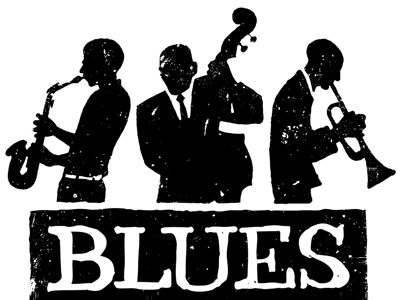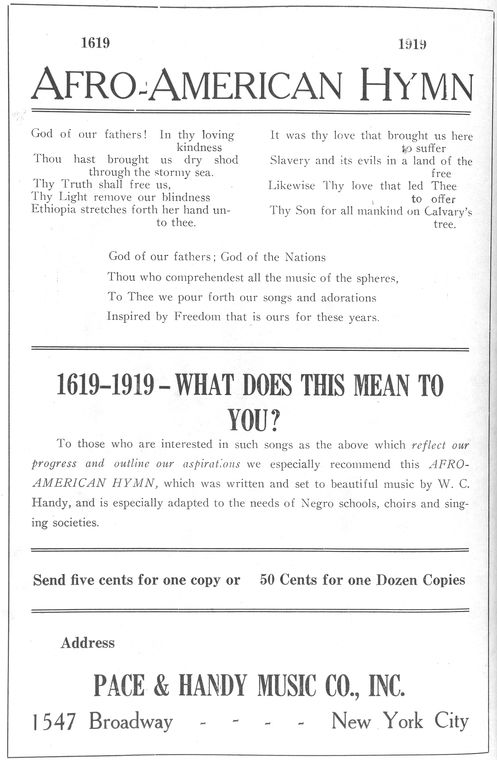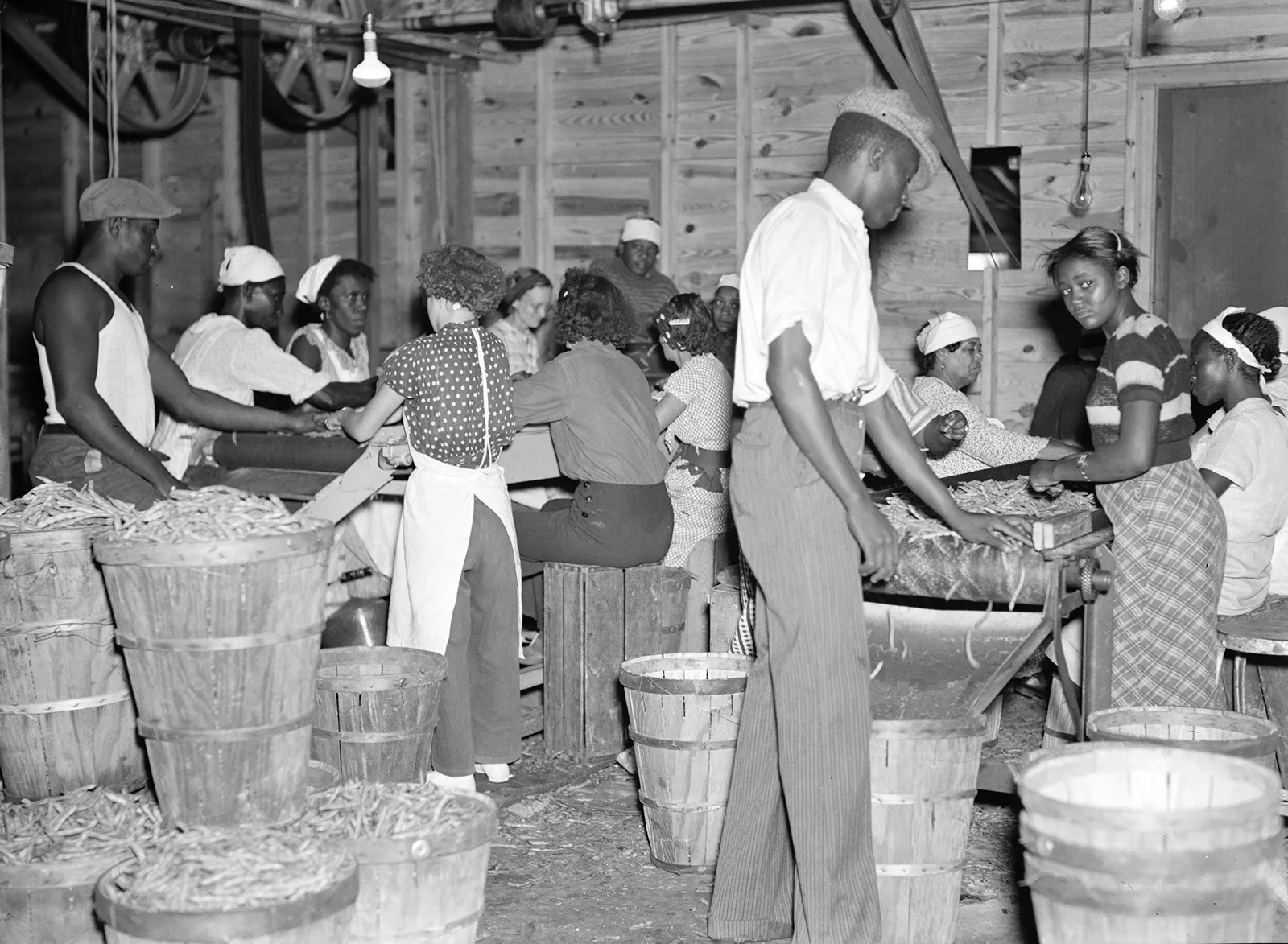Introduction

W.C. Handy
The origins of Blues music can not be drawn back to a specific person. The lonely, sad, and weary songs sprung up everywhere, particularly in the Southern states. According to Eileen Southern, in her book,W. C. Handy was the first to popularize the genre in 1903 (Southern 1997, 332). Even still, her account points to Handy having heard a man singing a song in a Mississippi train station.W.C. Handy was a composer and a leader in popularizing blues music in the early 20th century, with hits like “Memphis Blues” and “St. Louis Blues.” Handy played with several bands and traveled throughout the Midwest and the South, learning about the African American folk music that would become known as the blues. Handy later composed his own songs — including “St. Louis Blues,” “Memphis Blues” and “Aunt Hagar’s Blues” — which would help popularize the form and come to be major commercial hits.

"Classic Blues

The Connection Between the Great Depression and Blues
Pioneers of the Blues
Characteristics of Blues Music
The main features of blues include: specific chord progressions, a walking bass, call and response, dissonant harmonies, syncopation, melisma and flattened ‘blue’ notes. Blues is known for being microtonal, using pitches between the semitones defined by a piano keyboard.
Conclusion
Blues music imitated the real-life experiences of the secular culture of African Americans. As with much of the musical indication of the oppressed, the objective was not to document the struggle as much as it was a way to survive the battle. The blues served as an outlet for Africans to deal with a complex reality.


